
Emergency Care: What to Do When Succulents Get Diseased

Introduction
Succulents are treasured for their unique appearance and low maintenance needs, making them popular among both novice and experienced gardeners. However, despite their resilience, succulents are not immune to diseases and pests. When these issues arise, it's crucial to act quickly to save your beloved plants. This article will explore common diseases that afflict succulents, how to identify symptoms, and essential steps to take when your plants are in distress.
In this comprehensive guide, we will delve into different types of diseases that can affect succulents, the signs to look out for, and practical solutions for recovery. Whether you're facing a pest infestation or a fungal issue, this article aims to equip you with the knowledge necessary to restore health to your succulents and ensure they thrive for years to come.
Common Diseases Affecting Succulents
Succulents, by virtue of their thick, fleshy leaves and stems, are generally more resilient against diseases than other plants. However, they can fall victim to several ailments that threaten their health. The most prevalent diseases include root rot, leaf spot, mealybugs, and fungal infections. Understanding these diseases and their effects is the first step in effective treatment and prevention.
Root Rot
Root rot is one of the most common and devastating diseases affecting succulents. It is typically caused by overwatering or poor drainage, leading to waterlogged soil that suffocates the roots. Signs of root rot include yellowing leaves, wilting, and a soft, mushy base. If you notice these symptoms, it is crucial to act swiftly to prevent the spread of this condition.
To address root rot, begin by carefully removing the plant from its pot. Inspect the roots thoroughly. Healthy roots should be white and firm, while rotten roots will appear black, brown, or mushy. Trim away any affected areas using sterile scissors to avoid further contamination. After pruning, allow the roots to dry for a day or two before repotting the succulent in fresh, dry soil that provides excellent drainage. Ensure to use a pot with drainage holes to prevent future water accumulation.
Leaf Spot
Another common issue is leaf spot, which manifests as small, dark, or discolored patches on the leaves. This condition can be caused by bacterial infections or environmental factors, such as excessive moisture or poor air circulation. Leaf spot can lead to further deterioration if not addressed immediately.
To tackle leaf spot, start by removing the affected leaves to prevent the infection from spreading to healthy parts of the plant. Use sterilized pruning shears to carefully snip away any damaged foliage. Next, improve the environmental conditions around your succulent—ensure that there is adequate airflow and avoid overhead watering to minimize moisture on the leaves. If you suspect a bacterial infection, consider applying a commercial fungicide specifically designed for succulents to further protect your plant.
 Why Your Succulents Are Turning Yellow: Disease or Overwatering?
Why Your Succulents Are Turning Yellow: Disease or Overwatering?Mealybugs and Pests
Mealybugs are a common pest that can ravage succulent plants if left unchecked. These small, white insects often hide in the leaf joints and on the undersides of leaves, sucking sap and weakening the plant. Symptoms include stunted growth, yellowed leaves, and a sticky residue, known as honeydew, that can attract ants and lead to secondary infections.
To eliminate mealybugs, you can use a cotton swab dipped in isopropyl alcohol to gently wipe the insects off your succulent. In severe infestations, a systemic insecticide may be necessary. You can also introduce beneficial insects, such as ladybugs, which feed on mealybugs naturally. Keeping your succulents in a well-aerated area can also help deter pests by enhancing the overall health and resilience of the plants.
Identifying Symptoms Early
Recognizing the early symptoms of distress in succulents is vital for effective intervention. Many beginners may overlook subtle signs of imbalance, resulting in more severe problems down the line.
Changes in Color and Texture
One of the first indicators of disease in succulents is a change in color and texture. For instance, healthy succulents are usually vibrant and have a plump, firm appearance. If the leaves begin to turn yellow, wilt, or become mushy, this could signal overwatering or root issues. Conversely, browning or drying leaves could suggest underwatering or excessive sun exposure.
To accurately assess your plant’s condition, regularly inspect it for color changes, texture alterations, and any unusual spots. This proactive approach enables you to address problems before they escalate, ultimately increasing your succulents’ chances of recovery.
Wilting and Leaf Drop
Wilting and leaf drop are also significant symptoms of stress in succulents. These signs often arise when the plant is unable to take in enough water, possibly due to root disease or pest infestations. On the other hand, some succulents may experience leaf drop during the winter months as they enter a dormancy phase, so understanding the natural cycles of your specific plant species is essential.
If your succulent is wilting, check the moisture level in the soil. If it feels dry, it may have suffered from underwatering—water it thoroughly and allow it to soak up moisture. However, if the soil is soggy, it may be suffering from overwatering, in which case you should follow procedures to address root rot as described earlier.
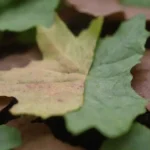 Signs of Bacterial Soft Rot on Succulents: What to Look For
Signs of Bacterial Soft Rot on Succulents: What to Look ForCaution in Diagnosis
Diagnosing succulent diseases can sometimes be tricky, as symptoms may appear similar across different issues. As such, it's advisable to take a holistic approach when assessing plant health. Factors like humidity, soil conditions, lighting, and even temperature need consideration, as they all play pivotal roles in your succulent's overall well-being.
Utilizing resources like gardening forums, books, or consulting with local horticulturists can help clarify any doubts or concerns you may have regarding your plant's condition. Encouraging a supportive online community can provide valuable insights and shared experiences, which may help in making informed decisions regarding care.
Emergency Care: Immediate Steps to Take
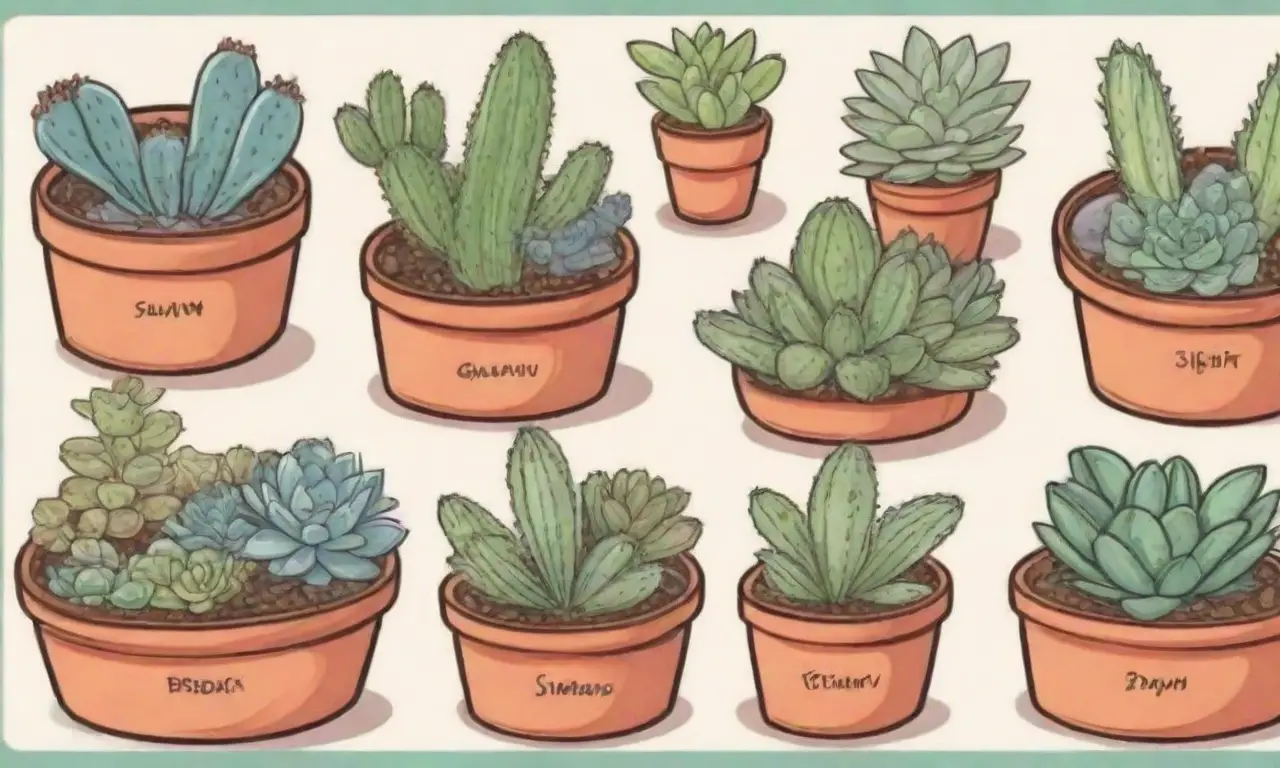
When you notice your succulents exhibiting signs of disease, it's essential to act quickly to ameliorate their condition. The following quick-respond steps encompass emergency care techniques you can apply.
Isolation
The first step in addressing an emerging problem is to isolate the plant from your other succulents. This action helps prevent the potential spread of pathogens or pests to your healthy plants. Place the affected succulent in a separate space, ideally with good airflow, to avoid creating an environment conducive to disease proliferation.
Environmental Adjustments
Subsequently, evaluate the environmental conditions surrounding your succulents. Appropriate humidity, temperature, and light conditions contribute tremendously to succulent health. This may include relocating the plant to a brighter area or adjusting watering schedules to promote optimum conditions.
If you suspect that your plant suffered from excess humidity or lack of air circulation, consider adjusting nearby space by increasing ventilation and restricting overhead watering. Proper airflow can drastically reduce risks associated with various diseases, including mold and bacterial infections.
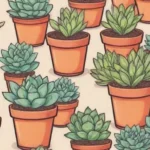 How to Save Your Succulents from the Dreaded Fungal Blight
How to Save Your Succulents from the Dreaded Fungal BlightCustomizing Care Routine
Finally, customize your care routine based on the specific issues your plant is facing. If pests are detected, increase your inspection frequency every couple of days to monitor their status. Should disease symptoms persist after initial treatment, it may be worth combining various resolutions, such as applying a pesticide while modifying watering habits.
Note that it's also essential to maintain a balanced fertilization schedule, as nutrient deficiencies can lead to stressed plants. Use a diluted, balanced fertilizer designed for succulents, and avoid over-fertilizing, which can exacerbate existing problems.
Conclusion
Caring for succulents can be a rewarding endeavor, but it does come with its challenges. When faced with diseases that threaten your plants, having a solid protocol in place can make a significant difference in their recovery and longevity. Understanding common diseases, identifying symptoms early, and implementing immediate care actions are pivotal steps in safeguarding your succulents.
By recognizing root rot, leaf spot, and pest infestations, and promptly taking action, you increase the likelihood of your succulents bouncing back to health. Always remember to isolate diseased plants, evaluate environmental conditions, and adapt your care routine accordingly.
Ultimately, it's essential to foster an attitude of attentive observation and informed action when caring for your succulents. With patience, persistence, and the right problem-solving approaches, you can rescue your plants from distress and ensure they continue to flourish and beautify your space for years to come. The key lies in vigilance and a proactive stance, allowing you to turn a crisis into an opportunity for growth and resilience in your gardening journey.
If you want to read more articles similar to Emergency Care: What to Do When Succulents Get Diseased, you can visit the Diseases in Succulents category.

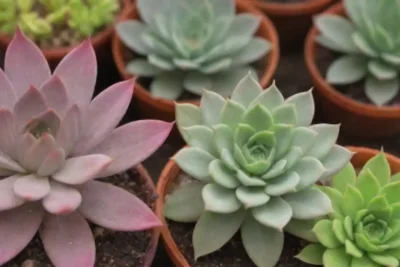
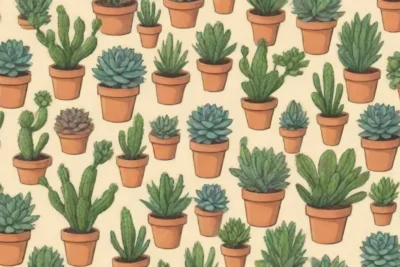
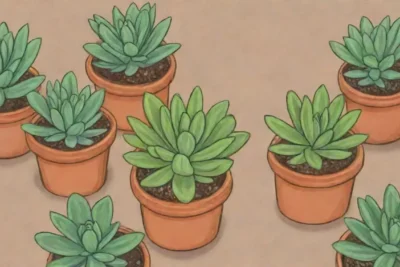
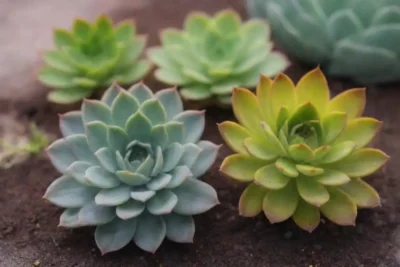

You Must Read